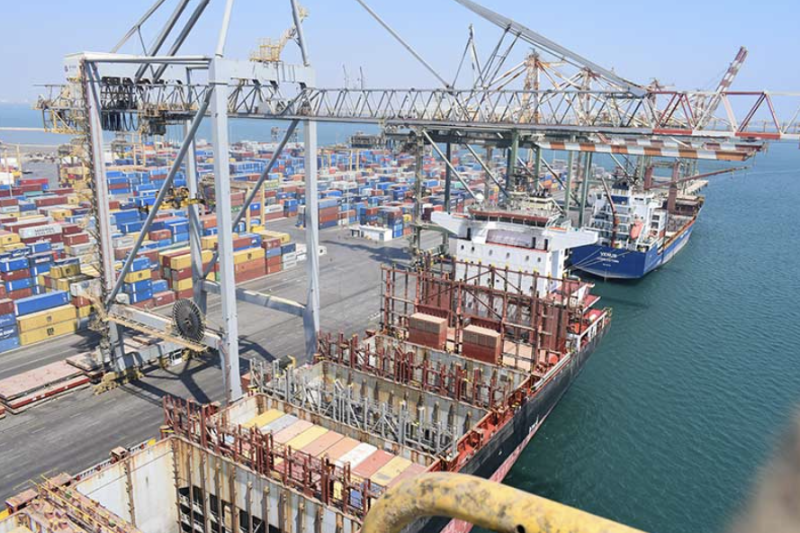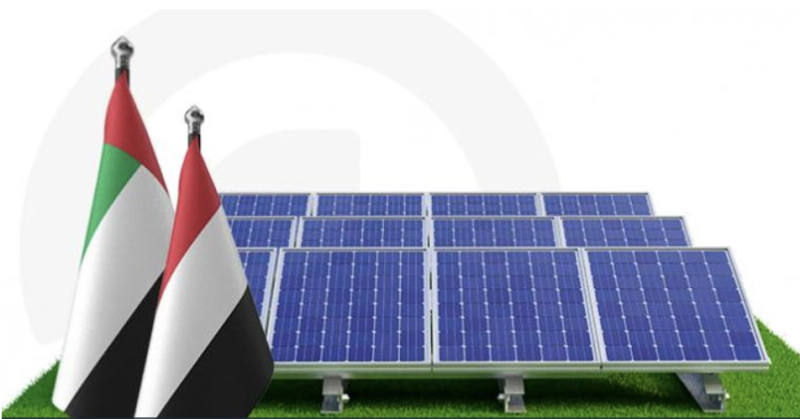Yemen Price Bulletin, November 2022


The Famine Early Warning Systems Network (FEWS NET) monitors trends in staple food prices in countries vulnerable to food insecurity. For each FEWS NET country and region, the Price Bulletin provides a set of charts showing monthly prices in the current marketing year in selected urban centers and allowing users to compare current trends with both five-year average prices, indicative of seasonal trends, and prices in the previous year.
Wheat flour is the staple food for most households in Yemen; sorghum and rice are most often consumed as a substitute. Households are heavily dependent on imported wheat supplies reaching the regional trading centers of Sana’a City, Al Hudaydah City, and Aden City—critical markets that supply other urban and rural districts. Aden City, located in a trade deficit zone, is the reference market for the southern region and the largest wholesale market with significant storage capacity. Al Hudaydah is an important assembly, wholesale, and retail market in the most populous region in the country where most households are dependent on markets for staple foods. Sana’a City serves as a wholesale and retail market for households in northern and central Yemen, and Sayoun serves as a reference market of the east. Wheat grain and flour prices are susceptible to the exchange rate of the Yemeni Rial (YER) and US Dollar (USD). There are currently two exchange rates split by monetary governance between the Sana’a-based authorities (SBA) and the internationally recognized government (IRG). YER currency valuation has fluctuated in recent years due to foreign intervention in monetary policy, high seasonal demand, increased foreign trade and trade policy. Purchasing power is a significant food security constraint, as incomes from casual labor and livestock, the main income-generating activities for households and poor households, tend to fluctuate. Terms of Trade serve as proxy indicators for purchasing power by measuring the relative value of these income-generating activities (wages and livestock prices) to the cost of purchasing staple foods (staple food prices).

Aden — Ports under the authority of Yemen’s internationally recognized government have received more than two million metric tons of fu…

Mukalla — Local authorities in Hadramout have announced the inauguration of Yemen’s first solar-powered cement station, a landmark proj…

AbuDhabi -- The United Arab Emirates has pledged $1 billion to bolster Yemen’s electricity sector, marking one of the largest development com…